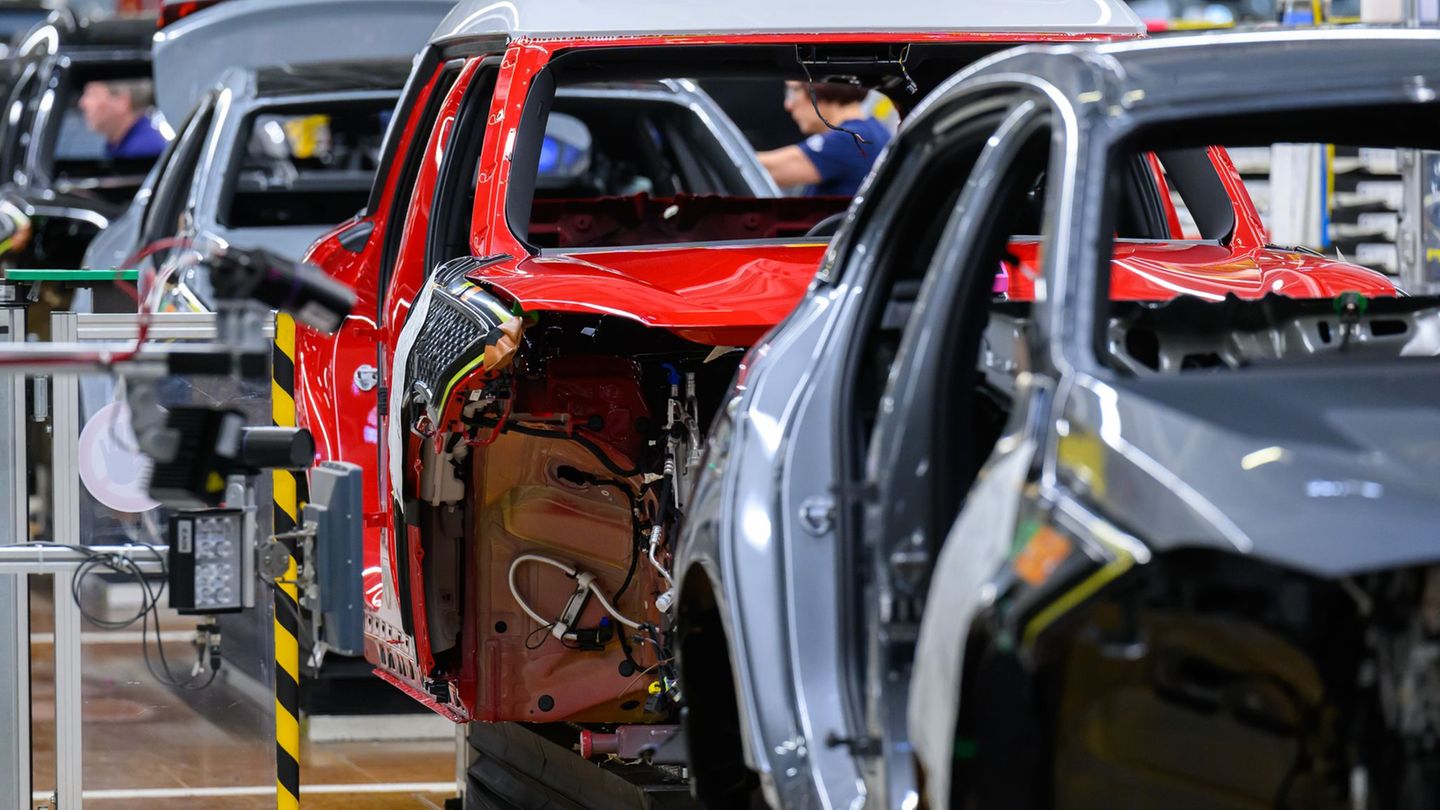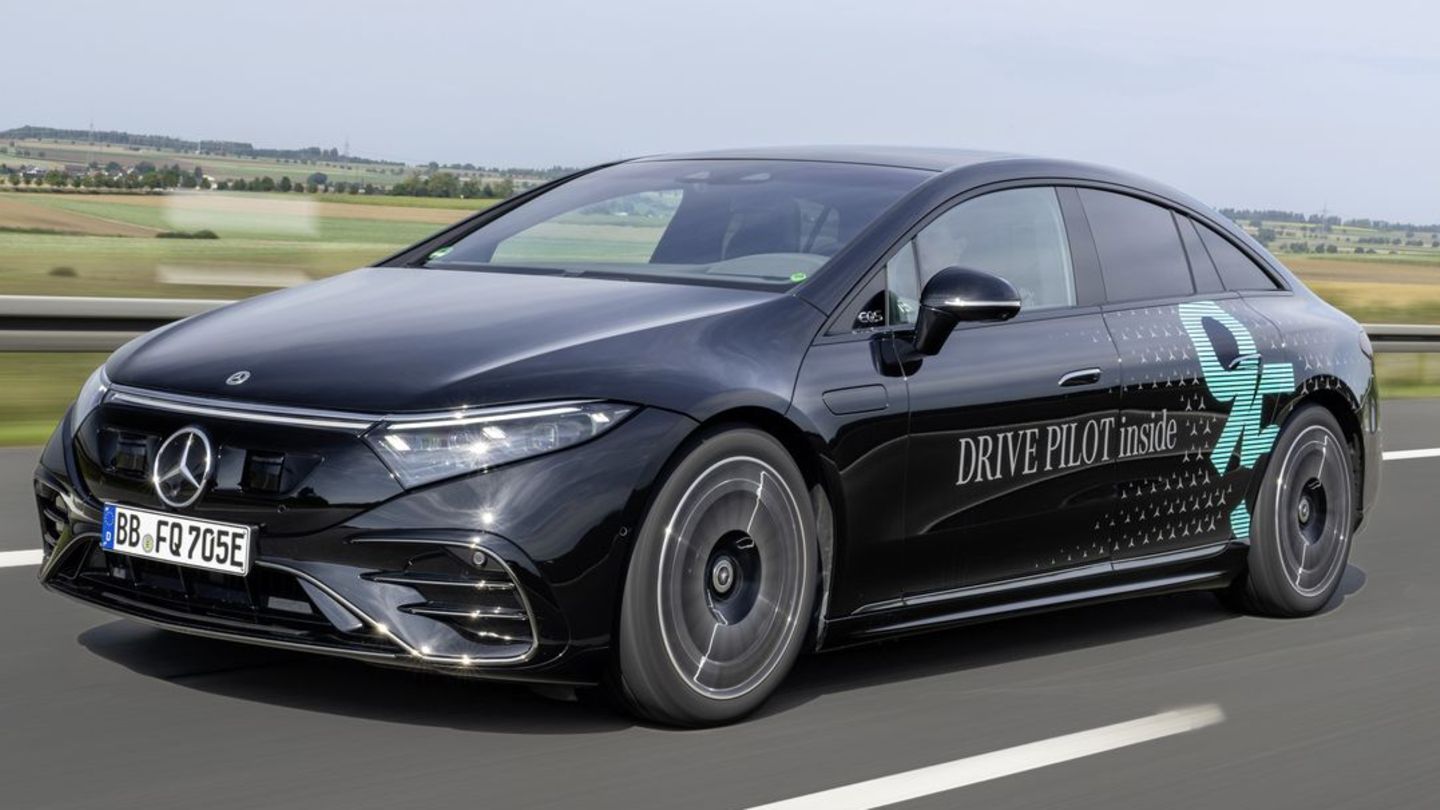I’m a recent graduate of the University of Missouri with a degree in journalism. I started working as a news reporter for 24 Hours World about two years ago, and I’ve been writing articles ever since. My main focus is automotive news, but I’ve also written about politics, lifestyle, and entertainment.
Menu
In the Mercedes-Benz, Neflix on the train will soon be possible – and this is how it works
Categories
Most Read
BYD reaches 14 million plug-in vehicles and launches its first biofuel-compatible hybrid
October 15, 2025
No Comments
Major automaker will lose $1.6 billion due to Donald Trump’s policy against electric vehicles
October 15, 2025
No Comments
Cars: the 10 cheapest SUVs in October
October 15, 2025
No Comments
VOGE presented its new DS800X Rally motorcycle: everything you need to know about this model
October 15, 2025
No Comments
Video: a newly launched SUV in Argentina achieved the highest safety score
October 15, 2025
No Comments
Latest Posts

The mother of two hostages released by Hamas broke the silence: I never lost hope
October 16, 2025
No Comments
October 15, 2025 – 23:27 The brothers Ariel and David Cunio regained their freedom after more than two years of captivity in Gaza. “The recovery

Industry in crisis: Car cities are suffering from a decline in trade tax
October 16, 2025
No Comments
AngelicaI am an author and journalist who has written for 24 Hours World. I specialize in covering the economy and write about topics such as

While Milei waits for an announcement, Donald Trump opens negotiations with Lula da Silva over tariffs on Brazil
October 16, 2025
No Comments
While the government of Javier Milei looking forward to an official announcement USA about a trade agreement, the Brazilian president, Luiz Inácio Lula da Silvareported
24 Hours Worlds is a comprehensive source of instant world current affairs, offering up-to-the-minute coverage of breaking news and events from around the globe. With a team of experienced journalists and experts on hand 24/7.

